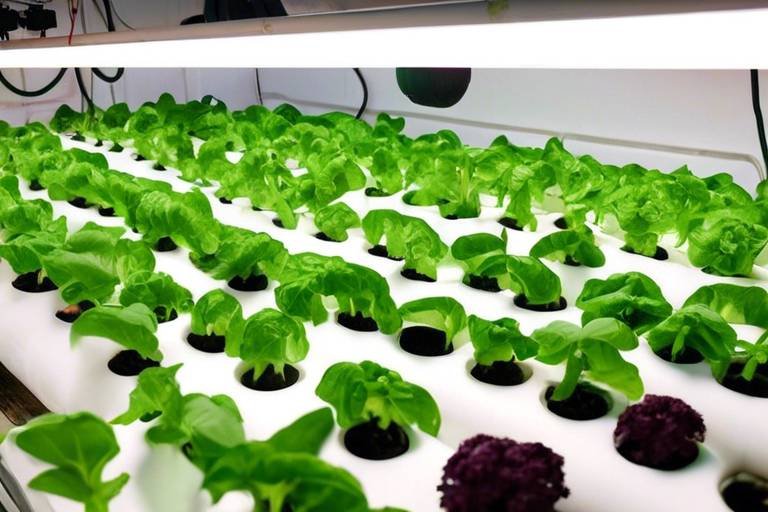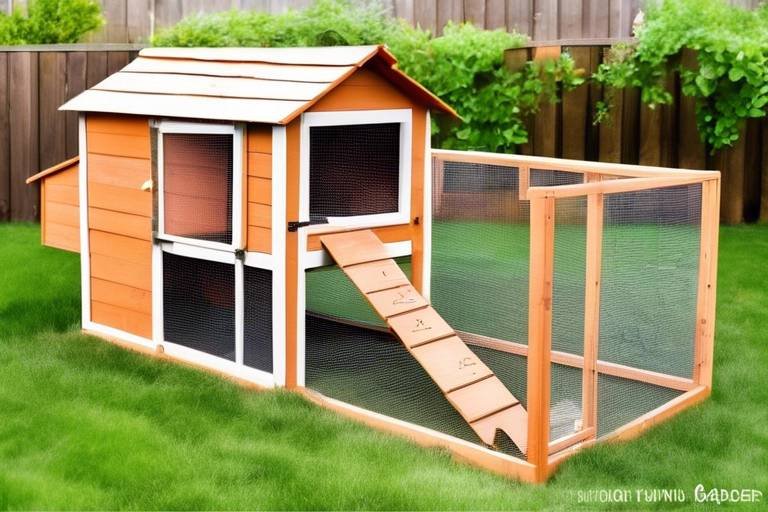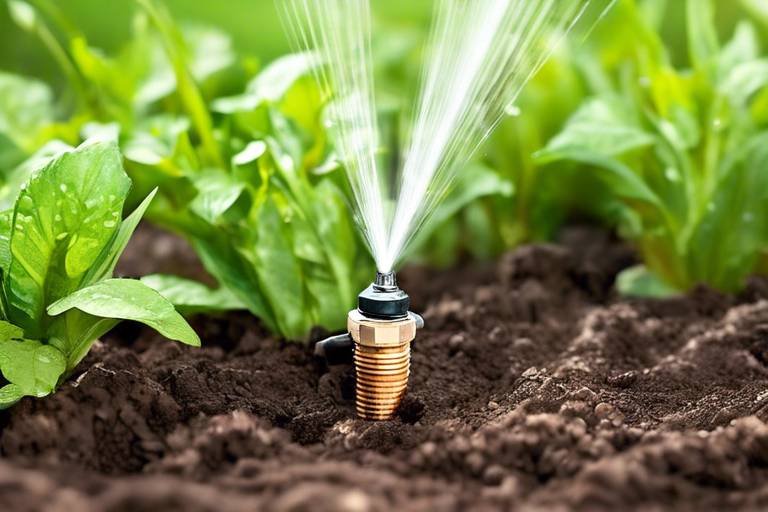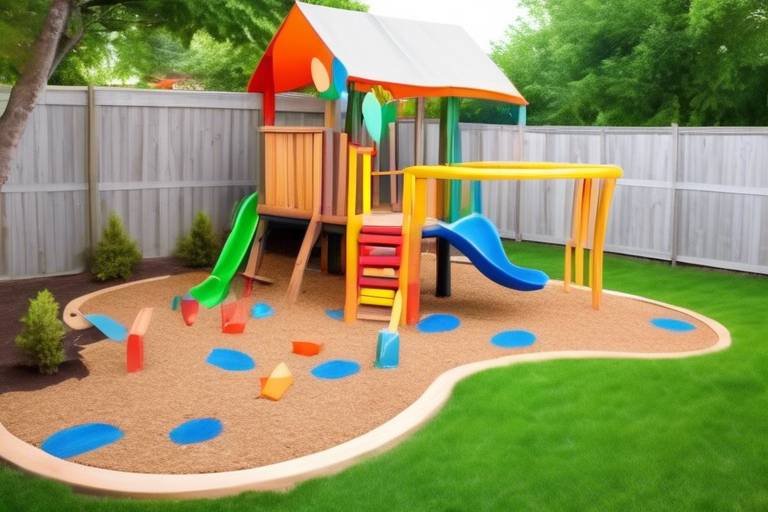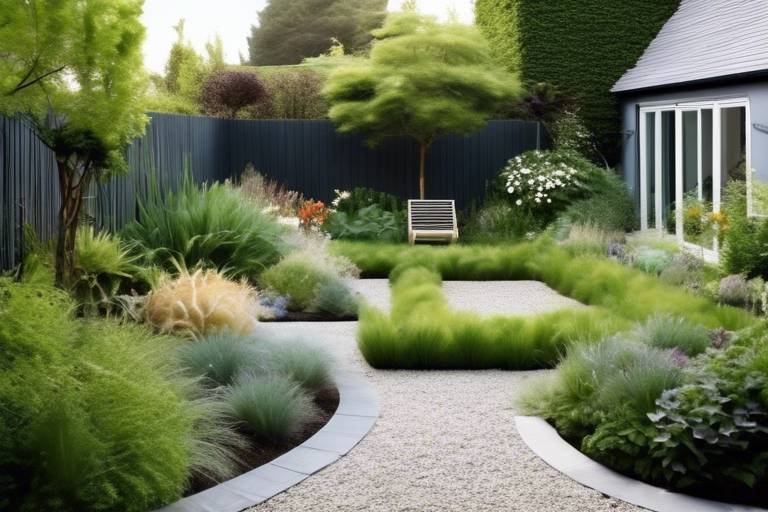How to Grow Vegetables Using Hydroponics
Hydroponics is a revolutionary method of cultivating vegetables without the use of soil. Instead, nutrient-rich water is used to nourish the plants, allowing them to thrive in a controlled environment. This innovative approach to gardening offers numerous benefits and opens up a world of possibilities for growing a wide variety of vegetables.

Benefits of Hydroponic Vegetable Gardening
Hydroponic vegetable gardening offers a multitude of benefits that make it an attractive option for both experienced gardeners and beginners alike. One of the key advantages of hydroponics is the significantly faster growth rate of vegetables compared to traditional soil gardening. By providing plants with direct access to essential nutrients and water, hydroponic systems create optimal growing conditions, allowing vegetables to thrive and develop at an accelerated pace.
Furthermore, hydroponic vegetable gardening typically results in higher yields per square foot of space when compared to conventional gardening methods. The controlled environment of hydroponic systems enables plants to maximize their growth potential, leading to bountiful harvests of fresh, nutritious vegetables. This increased efficiency in space utilization makes hydroponics an ideal choice for urban gardeners or those with limited gardening space.
Another significant benefit of hydroponic vegetable gardening is its water conservation capabilities. Unlike traditional soil-based gardening, where water can be lost through evaporation or runoff, hydroponic systems recirculate and reuse water efficiently. This not only reduces water wastage but also helps in maintaining optimal moisture levels for plant growth, contributing to overall sustainability.

Choosing the Right Vegetables for Hydroponic Growth
When it comes to choosing the right vegetables for hydroponic growth, it's essential to consider the specific requirements of each plant to thrive in a soilless environment. Leafy greens such as lettuce, spinach, and kale are popular choices for hydroponic systems due to their fast growth and high nutrient requirements. These vegetables can be easily grown in nutrient-rich water, allowing them to reach their full potential without the need for soil.
Tomatoes are another excellent option for hydroponic gardening, as they require ample sunlight, consistent watering, and proper support for their vines to flourish. Peppers, both sweet and hot varieties, can also thrive in hydroponic setups, provided they receive sufficient nutrients and warmth. Herbs like basil, mint, and cilantro are well-suited for hydroponic growth, offering fresh flavors and aromas while requiring minimal space.
Each vegetable has its own unique set of needs, from light and temperature requirements to nutrient intake and spacing. By selecting a variety of vegetables that complement each other in terms of growth habits and nutrient demands, you can create a diverse and productive hydroponic garden that maximizes space and yield.

Setting Up a Hydroponic System
Setting up a hydroponic system requires careful planning and consideration of various factors to ensure the success of your vegetable cultivation. The first step is to select a suitable location for your hydroponic setup, taking into account factors such as access to natural light, proximity to water source, and ventilation. Once you have identified the ideal location, you can begin assembling the essential components of your hydroponic system.
A typical hydroponic system consists of a reservoir to hold the nutrient solution, a pump to circulate the solution to the plant roots, a growing medium to support the plants, and a lighting system to provide adequate light for photosynthesis. Depending on the size of your setup and the types of vegetables you plan to grow, you may need to customize the components accordingly.
When setting up your hydroponic system, it is crucial to ensure proper installation of the nutrient delivery system to provide the plants with the necessary nutrients for growth. Monitoring the nutrient levels and pH balance of the solution regularly is essential to prevent nutrient deficiencies or imbalances that can affect plant health and productivity.
Additionally, optimizing the lighting and temperature conditions in your hydroponic setup is vital for promoting healthy plant growth. Adequate light intensity and duration are essential for photosynthesis, while maintaining optimal temperature levels can help prevent stress and ensure efficient nutrient uptake by the plants.
Once your hydroponic system is up and running, regular maintenance and monitoring are key to success. This includes checking and adjusting nutrient levels, cleaning and sanitizing the system components, and inspecting plants for signs of pests or diseases. By staying vigilant and proactive in caring for your hydroponically grown vegetables, you can enjoy a bountiful harvest and sustainable gardening experience.

Monitoring Nutrient Levels and pH Balance
When it comes to hydroponic vegetable gardening, monitoring nutrient levels and pH balance is crucial for the successful growth of your plants. Nutrients are essential for plant development, and maintaining the right balance ensures that your vegetables receive all the necessary elements to thrive.
One effective way to monitor nutrient levels is by regularly testing the nutrient solution using a pH meter and an electrical conductivity (EC) meter. These tools allow you to measure the pH level and the concentration of nutrients in the water, giving you valuable insights into the health of your plants.
It's important to keep the pH level within the optimal range for hydroponic vegetables, which is typically between 5.5 and 6.5. Deviations from this range can lead to nutrient deficiencies or toxicities, impacting the overall growth and productivity of your crops.
Additionally, maintaining the right nutrient balance is essential for healthy plant development. Different vegetables have varying nutrient requirements at different growth stages, so it's essential to adjust the nutrient solution accordingly to meet their needs.
Some essential nutrients for hydroponic plants include nitrogen, phosphorus, potassium, calcium, and magnesium. Monitoring the levels of these nutrients and ensuring they are present in the right proportions is key to promoting robust growth and high yields.
Regularly checking and adjusting nutrient levels and pH balance in your hydroponic system will help you avoid nutrient deficiencies or imbalances that can hinder plant growth. By staying proactive and attentive to these factors, you can create an optimal growing environment for your hydroponic vegetables.

Managing Light and Temperature for Hydroponic Vegetables
When it comes to hydroponic vegetable gardening, managing light and temperature is crucial for the success of your plants. Light is the key source of energy for plants, driving the process of photosynthesis that allows them to produce their own food. In a hydroponic setup, providing the right amount and quality of light is essential for optimal growth. LED grow lights are commonly used in hydroponic systems due to their energy efficiency and ability to provide the specific light spectrum needed for plant growth.
Temperature control is another important factor in hydroponic gardening. Different vegetable plants have specific temperature requirements for optimal growth. Most vegetables thrive in temperatures between 65°F to 75°F (18°C to 24°C). It is crucial to monitor and maintain the temperature within this range to avoid stressing the plants or affecting their growth. Using a thermometer and a thermostat can help you regulate the temperature effectively in your hydroponic setup.
In addition to light and temperature, the duration of light exposure is also significant. Most vegetable plants require around 14 to 16 hours of light per day for proper growth. Providing a consistent light cycle helps mimic natural conditions and ensures that the plants receive adequate light for photosynthesis. Using a timer for your grow lights can help you maintain a consistent light schedule for your hydroponic vegetables.
When it comes to managing light and temperature for hydroponic vegetables, finding the right balance is key. Too much or too little light, as well as fluctuations in temperature, can negatively impact plant growth and overall health. By closely monitoring and adjusting these factors based on the specific requirements of your vegetable plants, you can create an ideal environment for them to thrive and produce bountiful harvests.

Pest and Disease Control in Hydroponic Vegetable Gardens
When it comes to maintaining a healthy hydroponic vegetable garden, pest and disease control play a crucial role in ensuring the success of your crops. Unlike traditional soil gardening, hydroponic systems are not immune to pests and diseases, making it essential to implement effective strategies for prevention and management.
One of the primary advantages of hydroponic gardening is the reduced risk of soil-borne diseases, but this doesn't mean that your plants are completely safe. Common pests such as aphids, spider mites, and whiteflies can still find their way into your hydroponic setup, potentially wreaking havoc on your vegetables.
To combat these unwanted visitors, it's important to regularly inspect your plants for any signs of infestation. Early detection is key to preventing pests from spreading and causing significant damage. Implementing physical barriers, such as mesh screens, can also help keep pests at bay while allowing proper airflow within your hydroponic system.
When it comes to disease control, maintaining proper hygiene practices is essential. Ensure that your hydroponic system is clean and free of any debris that could harbor harmful pathogens. Additionally, consider using beneficial microorganisms or natural remedies, such as neem oil, to prevent the spread of diseases without resorting to chemical treatments.
Another effective method of pest and disease control in hydroponic vegetable gardens is introducing beneficial insects. Predatory insects like ladybugs and lacewings can help keep pest populations in check without the need for pesticides, promoting a healthy and balanced ecosystem within your hydroponic setup.
Remember, prevention is always better than cure when it comes to pest and disease control in hydroponic gardening. By staying vigilant, practicing good hygiene, and implementing natural pest management techniques, you can ensure the health and productivity of your hydroponically grown vegetables.

Harvesting and Caring for Hydroponically Grown Vegetables
Harvesting and caring for hydroponically grown vegetables require careful attention to ensure the best quality produce. When it comes to harvesting, it's crucial to pick vegetables at the peak of freshness to enjoy maximum flavor and nutritional value. Unlike traditional soil gardening, where plants draw nutrients from the soil, hydroponically grown vegetables rely on nutrient-rich water for their growth. This means that the timing of harvesting is essential to ensure that the vegetables have absorbed the optimal amount of nutrients.
One advantage of hydroponic gardening is the ability to harvest vegetables continuously throughout the year, regardless of the season. This means you can enjoy fresh produce whenever you want, without being limited by external factors like weather conditions. Additionally, hydroponic systems allow for faster growth rates, resulting in quicker harvest cycles compared to traditional gardening methods.
After harvesting, it's important to care for your hydroponic plants to promote continuous production. Regularly check the nutrient levels in the water to ensure that the plants are receiving the necessary nutrients for healthy growth. Proper maintenance of the hydroponic system, including cleaning and monitoring, is crucial to prevent any issues that could affect plant health.
When caring for hydroponically grown vegetables, pay attention to any signs of nutrient deficiencies or imbalances, such as yellowing leaves or stunted growth. Adjust the nutrient solution accordingly to address these issues and promote optimal plant growth. By staying proactive in caring for your hydroponic garden, you can enjoy a bountiful harvest of fresh and nutritious vegetables year-round.

Comparing Hydroponic vs. Traditional Vegetable Gardening
When it comes to vegetable gardening, two main methods stand out: hydroponic and traditional soil gardening. Both approaches have their unique characteristics and benefits, making it essential to understand the differences between them to determine the most suitable method for your needs.
Hydroponic gardening involves growing plants without soil, using nutrient-rich water solutions to provide essential minerals directly to the roots. This method offers several advantages over traditional gardening, such as faster plant growth and higher yields. By eliminating the need for soil, hydroponic systems maximize space utilization and water efficiency, making them ideal for urban environments or areas with limited land availability.
In contrast, traditional vegetable gardening relies on soil as the primary medium for plant growth. While soil provides natural nutrients and stability for plants, it can also be prone to issues such as nutrient depletion, pests, and diseases. Traditional gardening methods may require more space and water compared to hydroponic systems, making them less efficient in resource utilization.
One of the key differences between hydroponic and traditional gardening is the control over nutrient delivery. In hydroponic setups, growers can precisely monitor and adjust nutrient levels to meet the specific requirements of each plant, resulting in optimized growth and health. Traditional gardening, on the other hand, relies on the quality of the soil, which may vary and require additional fertilization.
Another significant contrast lies in the management of pests and diseases. Hydroponic systems are less susceptible to soil-borne pests and pathogens, reducing the need for chemical pesticides. By implementing preventive measures such as maintaining a clean environment and proper air circulation, hydroponic gardens can achieve healthy plant growth without relying on harmful chemicals.
When considering sustainability and environmental impact, hydroponic gardening tends to be more resource-efficient than traditional methods. By using less water and space while achieving higher yields, hydroponic systems offer a sustainable approach to vegetable cultivation. Additionally, the controlled environment of hydroponic setups allows for year-round production, regardless of external conditions.
In conclusion, the choice between hydroponic and traditional vegetable gardening depends on various factors, including available space, resources, and personal preferences. While traditional gardening offers a natural approach with proven results, hydroponic systems provide innovative solutions for maximizing productivity and sustainability. By weighing the advantages and limitations of each method, growers can determine the most suitable approach to grow vegetables effectively.
Frequently Asked Questions
- What vegetables can I grow using hydroponics?
Hydroponic systems are versatile and can support a variety of vegetables. Popular options include leafy greens like lettuce and spinach, as well as tomatoes, peppers, cucumbers, and herbs such as basil and mint.
- Do I need a lot of space to set up a hydroponic system?
One of the advantages of hydroponic gardening is that it can be done in small spaces, making it ideal for urban dwellers or those with limited outdoor areas. Vertical hydroponic setups are especially efficient in maximizing space.
- How often do I need to monitor nutrient levels in a hydroponic system?
Regular monitoring of nutrient levels is crucial for the health of your plants. It is recommended to check nutrient levels at least once a week and adjust as needed to ensure optimal growth and productivity.
- Can I use natural pest control methods in hydroponic gardening?
Absolutely! There are several natural pest control methods that are safe to use in hydroponic systems, such as introducing beneficial insects like ladybugs or using organic sprays made from neem oil or garlic to deter pests.
- How do I know when to harvest hydroponically grown vegetables?
Harvesting times vary depending on the type of vegetable you are growing. Generally, leafy greens can be harvested when they reach a desirable size, while fruits like tomatoes should be picked when fully ripe. Regular monitoring and observation of plant growth will guide you on when to harvest.

